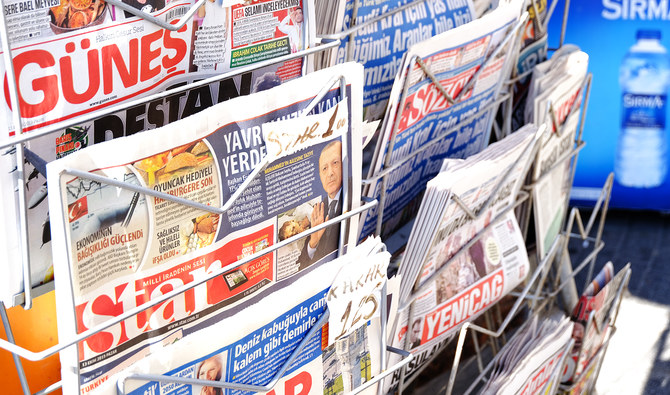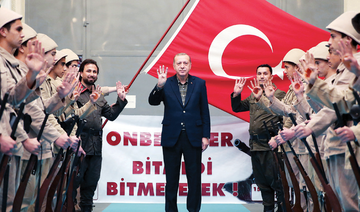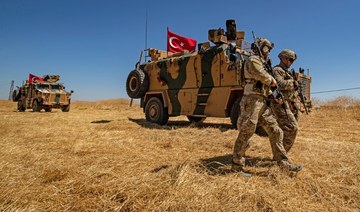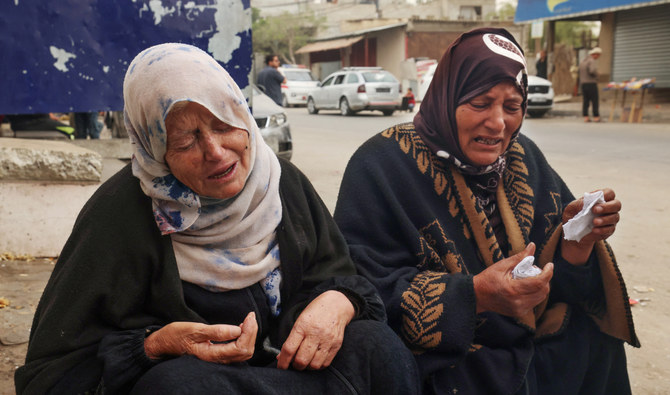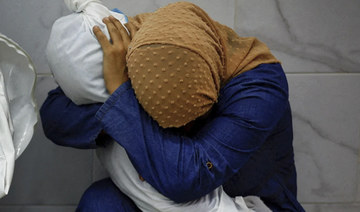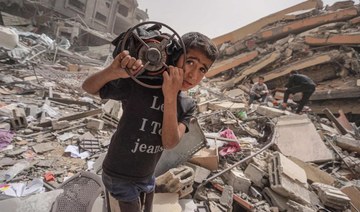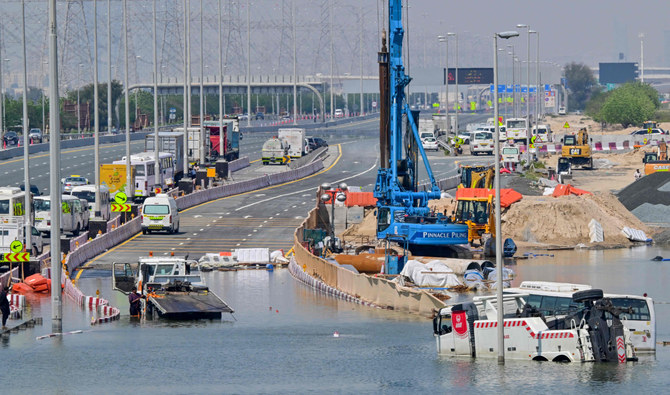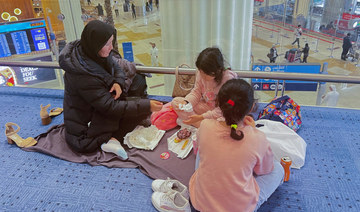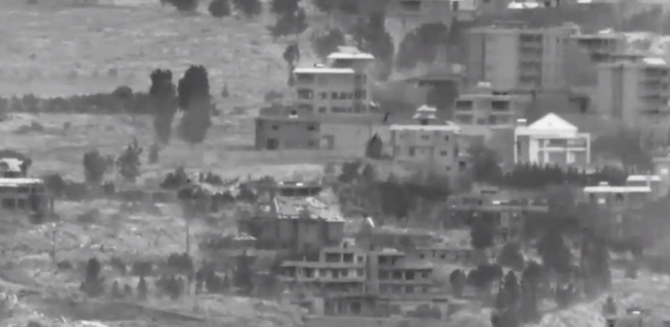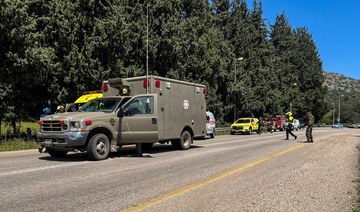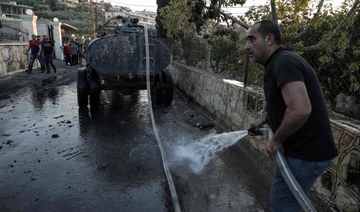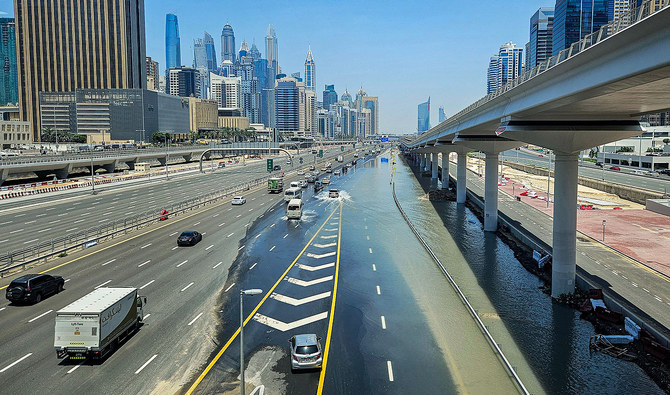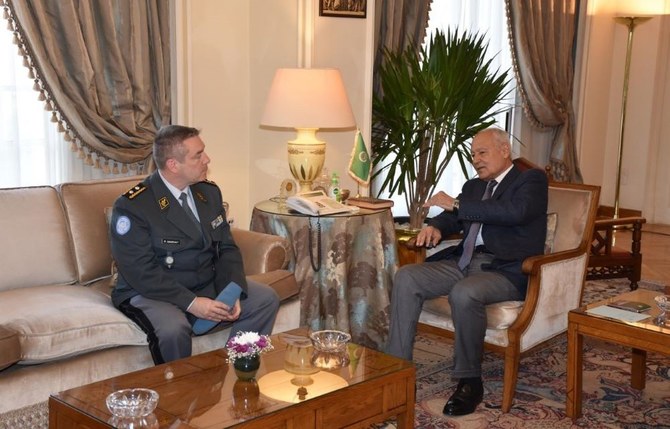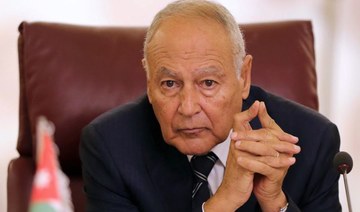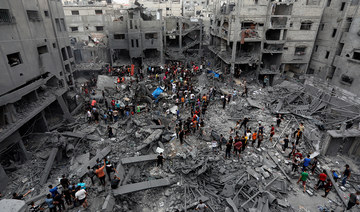ANKARA: As Turkey observed Working Journalists Day on January 10, the challenges faced by journalists in Turkey once again came under scrutiny.
According to the latest figures, the number of journalists who have been fired or put on trial over their reporting has increased markedly in recent years.
Over 11,000 journalists are currently out of work in Turkey, and about 12,000 more went on trial between 2003-2018, with 108 currently behind bars. In 2019, 34 journalists were beaten up on the street. And 45 journalists were recently fired from pro-government daily Hurriyet because of their union membership.
In its most recent annual report, the New York-based Committee to Protect Journalists (CPJ) listed Turkey as the country with the second-highest number of journalists in jail in the world.
In a country where 95 percent of the media is currently under government control, the ruling Justice and Development Party (AKP) also uses financial rewards as a trump card by favoring pro-government newspapers with regular state-sponsored ads, and not outlets that do not toe the government line when reporting news.
The Turkish government also regularly cancels the press cards of “dissident” journalists. After the 2016 failed coup attempt, the press cards of 685 journalists were repealed over “domestic security” reasons. Over the last five years, 3,804 press cards were reportedly canceled.
Sibel Gunes, secretary-general of the Turkish Journalists’ Association (TGC), said there has been a general deterioration in media freedom and freedom of speech in Turkey over the last decade.
“The courthouse has been the second address of journalists in Turkey, who are considered terrorists by those in government circles,” she told Arab News.
HIGHLIGHT
A report released in July last year by pro-government think tank SETA published the biographies and social media contacts of 150 foreign journalists working in Turkey (including some contributors to Arab News), along with some of their social media posts, and went on to suggest that Turkish citizens should contact the authorities if they believed these foreign media outlets were criticizing the Turkish government.
“Although foreign media outlets and alternative media provide a breathing space for the right of information, the journalists who work for these outlets have systematically become targets of the pro-government think tanks,” Gunes said.
She added that although the government has almost total control over the media sector, many pro-government newspapers had shut down in recent months, “showing that biased and (untrue) reporting cannot be translated into reality.”
Former journalist Utku Cakirozer, now a lawmaker in the main opposition Republican People’s Party (CHP), thinks the threat of long prison sentences has been the main tool the government has used to put pressure on working journalists in Turkey.
“The unfair prison sentences have been a sign of the (government’s) intolerance of criticism, paving the way for control over real reporting and efficient criticism,” he told Arab News. “The only way to overcome these restrictions over the media and freedom of speech is to end the one-man-rule of the media, which will be the first step toward ensuring judicial independence and impartiality. Reporting and criticism should not constitute a crime. Turkish courts should follow international jurisprudence on media freedom.”
Cakirozer also underlined that many media outlets are now owned by businesspeople who are closely affiliated with the government, and that many journalists had been dismissed or forced to resign because of their refusal to align their reporting with the government’s wishes.
“Those who remain in these outlets have to apply (self)-censorship so that they do not lose their jobs or face punishment,” he added.
The restrictions over the freedom of expression in Turkey are not exclusive to the media sector. Online encyclopedia Wikipedia has been blocked since 2017 because of entries that accused Turkey of having links to terror groups. It has still not been unblocked, despite a recent ruling in Turkey’s Constitutional court stating that the government was violating citizens’ rights.



